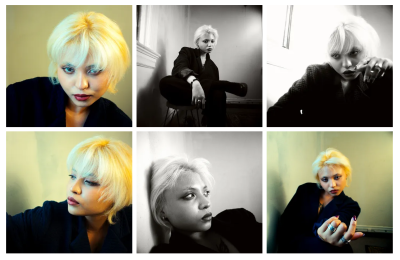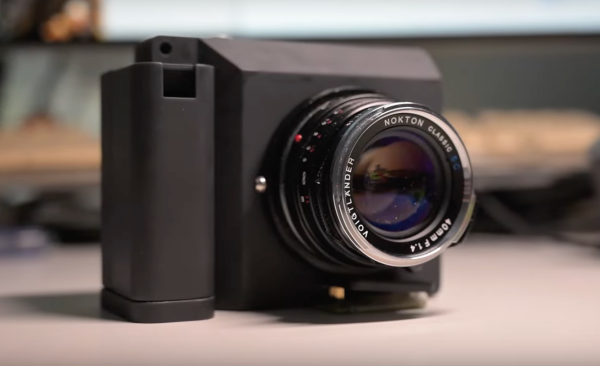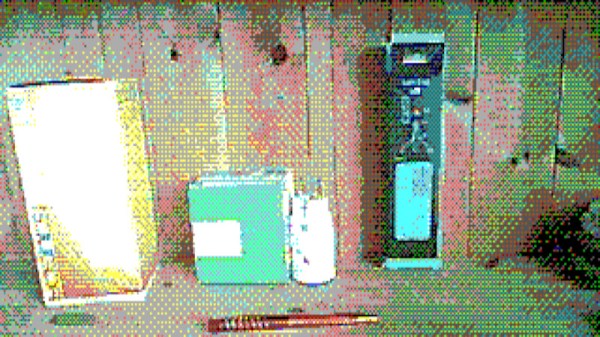When someone hacks together a digital camera with a Raspberry Pi, the limiting factor for serious photography is usually the sensor. No offense to the fine folks at the foundation, but even the “HQ” camera, while very good, isn’t quite professional grade. That’s why when photographer [Malcolm Wilson] put together this “Mini Hasselblad” style camera, he hacked in a 1″ sensor.
The sensor in question came in the form of a OneInchEye V2, from [Will Whang] on Tindie. The OneInch Eye is a great project in its own right: it takes a Sony IMX283 one-inch CMOS image sensor, and packages it with an IMU and thermal sensor on a board that hooks up to the 4-lane MIPI interface on the Raspberry Pi CM4 and Pi 5.
Sensor in hand, [Malcolm] needed but to figure out power and view-finding. Power is provided by a Geekworm X1200 battery hat. That’s the nice thing about the Pi ecosystem: with so many modules, it’s like LEGO for makers. The viewfinder, too, uses 4″ HDMI screen sold for Pi use, and he’s combined it with a Mamiya C220 TLR viewfinder to give that look-down-and-shoot effect that gives the project the “Mini Hasselblad” moniker.

The OneInchEye module came set up for C-mount lenses, and [Malcolm] stuck with that, using some Fujinon TV lenses he already had on hand. [Malcolm] has released STL files of his build under a Creative Commons NonCommercial license, but he’s holding the code back for subscribers to his Substack.
This isn’t the first Pi-based camera we’ve seen from [Malcolm], and there’ve been quite a few others on these pages over the years. There was even a Hackaday version, to test out the “official” module [Malcolm] eschewed.
















